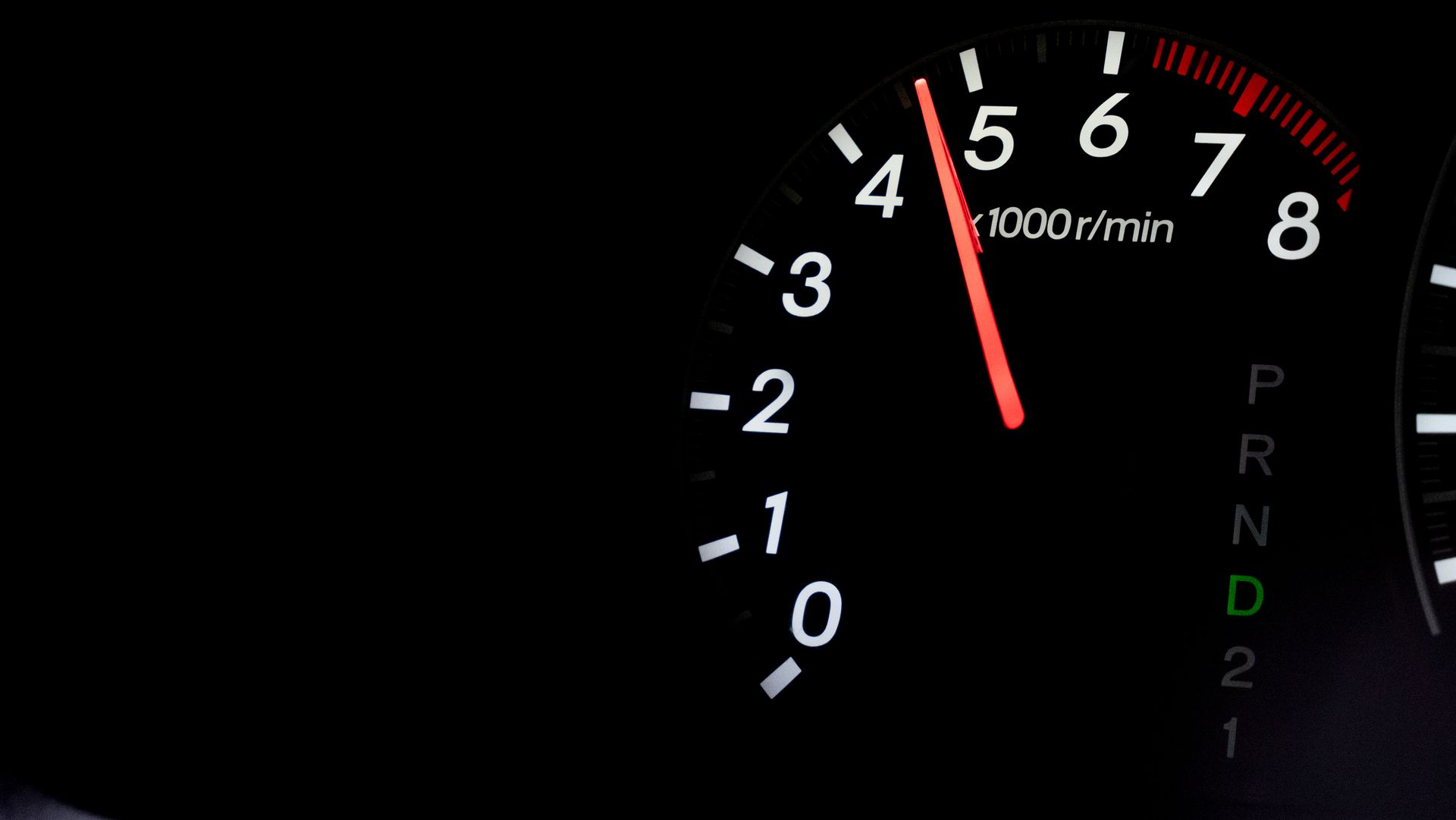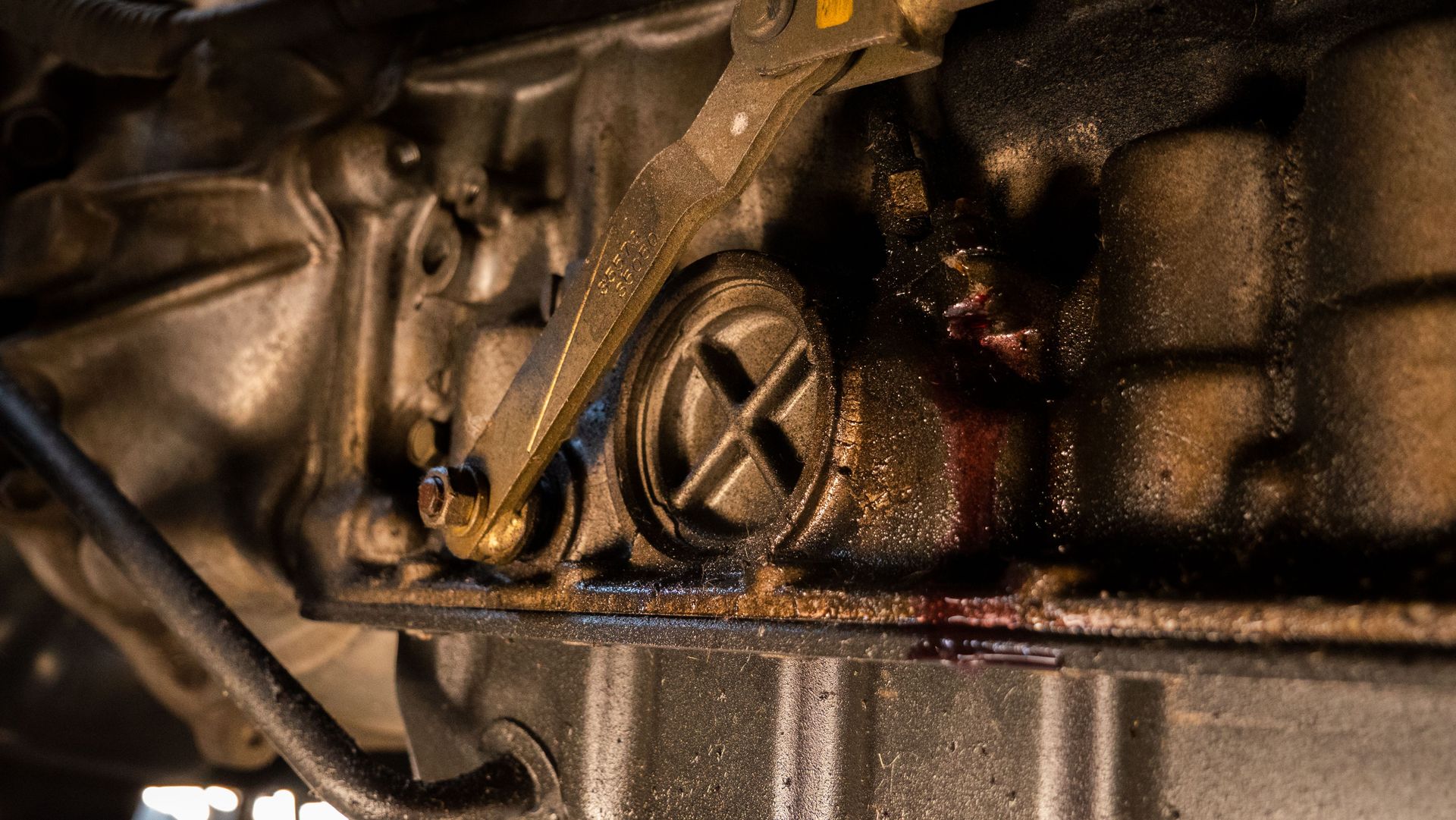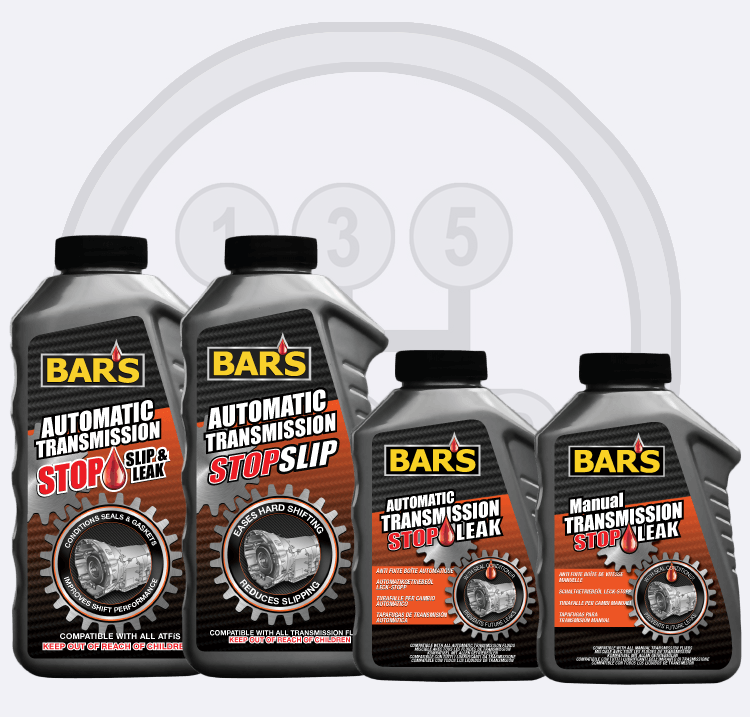Signs to look out for when driving
- Inability to reverse
- High RPM (over 3,500)
- Difficulty shifting gears
- Check engine light is on
- Feeling like your car is in neutral when it’s not
- Burnt or suspicious smells

Causes of transmission slipping
Low fluid levels – Most common cause for slipping is low fluid levels. Low fluid levels can cause overheating and not enough hydraulic pressure being produced to engage gears. Automatic transmissions have clutch plates throughout the transmission and in the torque converter than can become worn or burnt if there is not enough fluid. To find out if you have low fluid levels, check the fluid with the dipstick. Transmission fluid is in a closed system and should never be low, if your fluid is low, a leak is the likely culprit.
Burnt fluid – Can smell burnt and is black in color. This occurs when your transmission overheats. You will have to change the transmission fluid.
Worn or broken transmission bands – Bands link the gears in the automatic transmission together. In this instance, you will need the defective band replaced or adjusted.
Worn out gears – Over time gears can wear out, which could be from normal wear and tear or a malfunctioning set. Worn gears won’t properly link together so it will prevent smooth shifting.
Solenoid Issues – The solenoid is an electronically operated valve which controls the flow of fluid throughout your transmission. Damage or electrical issues can cause the valve to disperse the wrong amount of fluid.
Torque converter problems – Torque converters change the engine’s power into torque that the transmission can use and over time can become worn. If fluid fails to flow properly through the torque converter your transmission will act unusual and transmission slipping is often a symptom.
Transmission Leaking
If your transmission is leaking fluid it is important that you fix the leak as soon as possible. Leaking fluid can ruin your entire transmission, which would require you to replace one of the most expensive parts in your car.

Can I fix transmission slipping myself?
You can fix your transmission slipping yourself if it’s simply low fluid, burnt fluid, or a transmission leak. Bar’s offers 4 simple pour-in solutions to help your automatic or manual transmission function properly again. Whether you need a stop leak, a stop slip or both, we’ve got you covered.
